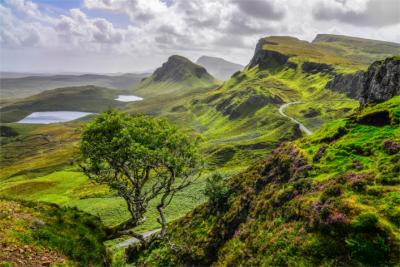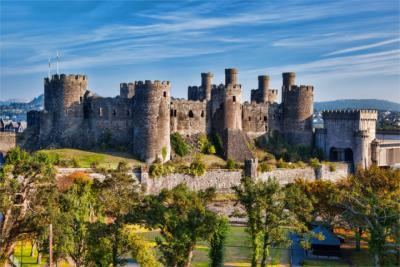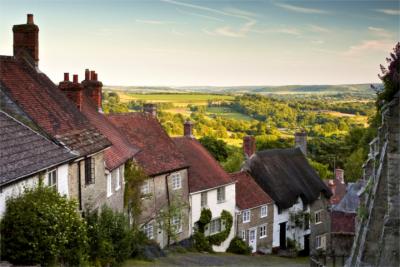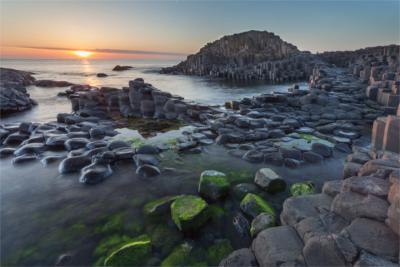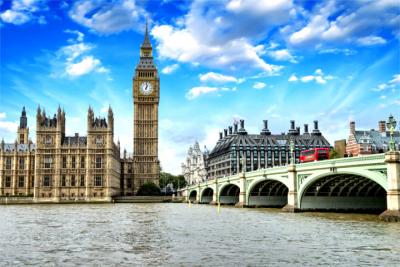Travel Offers
Travelmyne Featureprint
Distance
Scotland - Wild Highlands, Kilts and Whisky
Scotland offers a mix of wild landscapes far away from civilisation, cultural sites with a long historical tradition and interesting cities with unique charm. Come and visit the Highland Games or the Edinburgh Military Tattoo and taste the Scottish national dish of haggis.
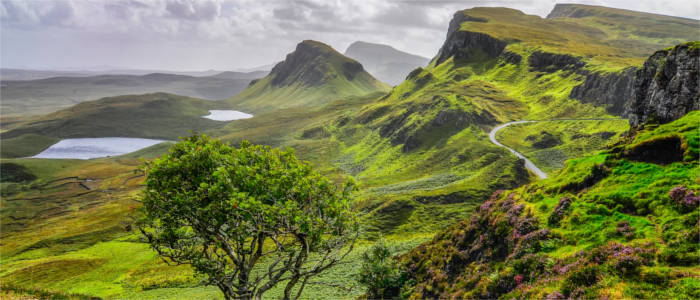
Geography - From the Highlands to the Southern Uplands
Scotland is one of the four parts of the United Kingdom of Great Britain and Northern Ireland. The region has an area of 78,772 km² and constitutes the northern third of the greatest European island. It consists of three geographical greater regions: the Highlands, the Central Lowlands and the Southern Uplands. Altogether Scotland has a population of about 5.3 million people, most of which live in the so-called Central Belt in the Lowlands. Although Glasgow is the biggest Scottish city, Edinburgh has been the capital since 1437. Other important cities are Aberdeen, Dundee, St. Andrews, Stirling, Perth and Inverness. The climate is temperate but the weather is very changeable with increased precipitation. The west of the Highlands is the rainiest region. Temperatures in Scotland are slightly lower than in the rest of Great Britain. Due to the Gulf Stream, it is slightly warmer at the west coast than at the east coast.
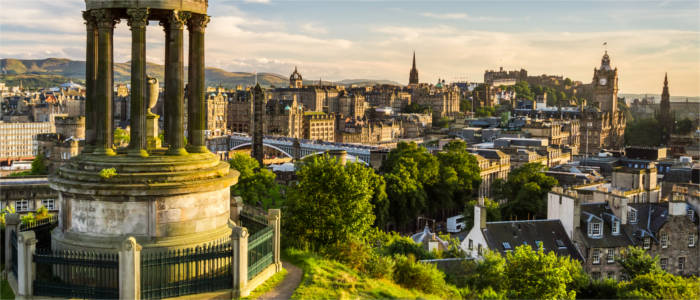
Nature - Highland cattle and famous lochs
Scotland's scenery is characterised by wild green mountains (munros), untouched nature and the harsh, rugged Atlantic coast. The bays as well as all other bodies of water are called "lochs" in Scotland with Loch Ness and Loch Lomond as the best-known examples. The highest peak in Scotland and Great Britain is Ben Nevis, which is 1,344 high. Around the main island, you find several offshore islands and island groups such as the Shetland Islands, the Orkney Islands and the Hebrides. The latter consist of the Inner and Outer Hebrides. The Highlands are divided into three main parts: the Grampian Mountains, the Northwest Highlands and the offshore islands. Scotland's fauna has changed during the last few centuries because many native animal species have become extinct and animals from other countries have been imported in exchange. 62 types of mammals species are known today, including wildcats, grey seals, harbour seals, common bottlenose dolphins and not to forget the famous Highland cattle. In addition, there is a number of rare bird species such as the black grouse, the red grouse, the northern gannet and the Scottish crossbill.
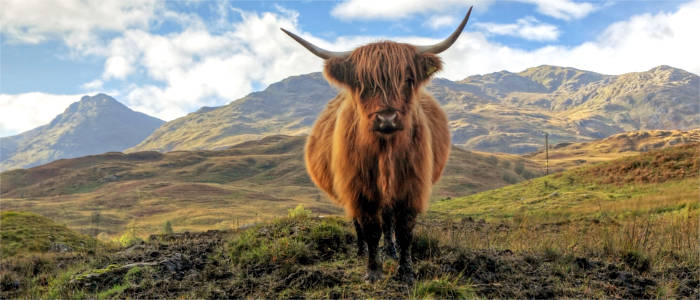
Natural sights - Following the traces of Nessie
Travellers should arrange enough time to explore this breathtaking region. The best-known natural sight is without doubt Loch Ness with the legend of the monster Nessie, which is said to live in the recesses of the lake and come up to the surface from time to time. There are several national parks. Cairngorms National Park is the most beautiful example with its majestic mountains. Loch Lomond and The Trossachs National Park in Stirling as well as the valley of Glen Coe are equally impressive. Isle of Skye, the main island of the Hebrides, is considered the most beautiful Scottish island. Despite the dramatic, harsh landscape, the island is well-developed for tourists. The munros, lochs and the numerous islands are all worth seeing.
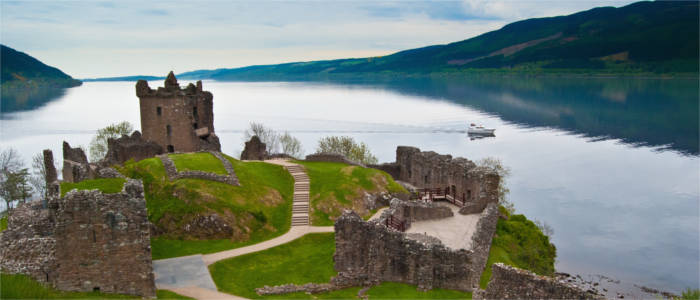
Culture - Bagpipes, kilts ad Scottish clans
Scotland's history is long and exciting. There were many battles with the English, in which the Scottish fought for their independence. One of the best-known freedom fighters is William Wallace. These fights are the reason for Scotland's national identity and the desire not be English in any way. Due to the country's position at England's border, the Southern Uplands are strongly influenced by England, which leads to local cultural differences, but they are outweighed by the commonalities. The kilt, bagpipes and whisky are the most famous symbols of Scotland but the Highland Games are internationally known as well. One highlight is the Edinburgh Military Tattoo, the greatest Scottish music festival, which everyone should experience once in their lifetime. Another characteristic feature is the Scottish clan system, which is of most importance in the Highlands. The tartans (patterns on the kilts) are often associated with the clans but they only originated in the 18th century. Three languages are spoken in Scotland: English, Scottish-Gaelic (a Celtic language related to Irish) and Lowlands Scots (a Scottish English dialect).
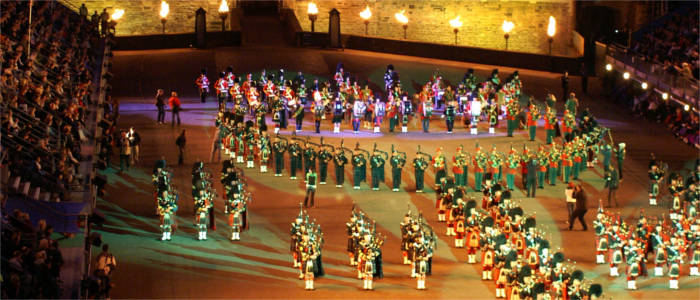
Cultural sights - Experiencing history at first hand
Wherever you look, you see heritage sites from bygone times. Castles, historical places and numerous museums attracts great numbers of visitors every year. One of the best-known Scottish photo scenes is Eilean Donan Castle, a lowland castle in Invernessshire. A spectacular sight is offered by Dunnotar Castle, which is located on cliffs at a height of 50 metres. Other worthwhile castles are Balmoral Castle (summer residence of the Queen), Stirling Castle, Culzean Castle, Hermitage Castle, Dunvegan Castle and Edinburgh Castle. Edinburgh accommodates many fascinating sights such as the Scots Monument, the Holyrood Palace, the Princes Street Gardens and the Royal Botanic Garden. Interesting Scottish museums and galleries are the Museum of Scotland, the Burrell Collection, the Glasgow Science Centre, the Scotch Whisky Heritage Centre, the Scottish National Portrait Gallery and the National Gallery of Scotland. Travellers who are interested in archaeology will enjoy the Neolithic settlement of Skara Brae or the megalithic chamber tomb of the Grey Cairns of Camster.

Experience - From Hogmanay to Burns Night
Travellers who want to know how the Scots celebrate should spend New Year's Eve in Scotland and celebrate Hogmanay with the locals. Another important festival is Burns Night (also called "Burns Supper") in honour of Robert Burns, Scotland's national poet. During it, a typical dish consisting of haggis (the national dish), mashed potatoes and carrots as well as whisky is served, while Burns' poems and songs such as "Ae Fond Kiss" or "To a Mouse" are recited. A common Scottish pastry is shortbread, which is a popular souvenir besides single malt whisky and kilts. A great shopping destination is Princes Street in Edinburgh, where the shops string together. Nightlife mostly takes places in local pubs and bars, which are very lively and hospitable compared to other countries. They are also great places for meeting new people.
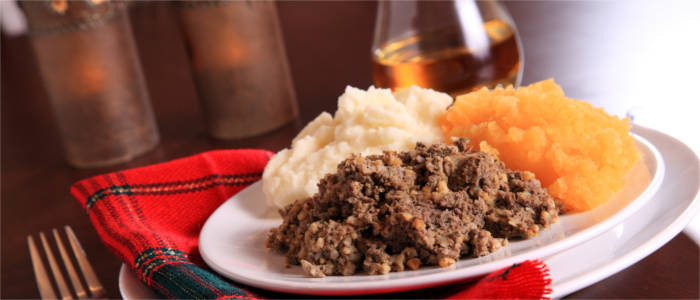
Activities - On foot or by bike on deserted roads
Visitors who want to experience Scotland in all its glory can do this on foot on different hiking trails (West Highland Way, Southern Upland Way, Rob Roy Way) or by car on the 12 signposted National Tourist Routes. A popular activity is hillwalking, which is a combination of hiking and mountaineering. Since most mountains are not particularly high, the sport is more closely related to hiking. Although there are less cycling trails in Scotland than in England, the empty roads are excellently suited for going cycling and mountain biking. You can also explore the country's unique landscape by motorcycle. The many bodies of water offer great conditions for doing water sports such as rafting, diving, surfing, sailing, coasteering (a form of trekking), canyoning, canoeing, kayaking and fishing. Travellers who enjoy playing golf are in the right place in Scotland because golfing has a 600-year-old tradition here. Holidaymakers who come to Scotland in winter can be active in one of the country's five skiing areas.
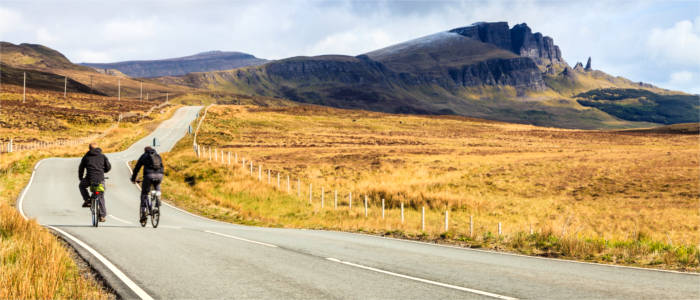
Information
As in the rest of the United Kingdom, people pay in pound sterling in Scotland. Therefore, travellers should remember exchanging money before they start on their journey. You can arrive by plane, car, bus or train. This was made possible by the Channel Tunnel between Dover and Coquelles (near Calais), which was completed in 1994 and is 50 kilometres long. Trains run regularly from London to Scotland.
Scotland is the perfect travel destination for all lovers of nature, active holidaymakers and culture enthusiasts. Remote landscapes, towns and cities which are rich in culture as well as the special character of Scottish festivals and traditions captivate all visitors.

